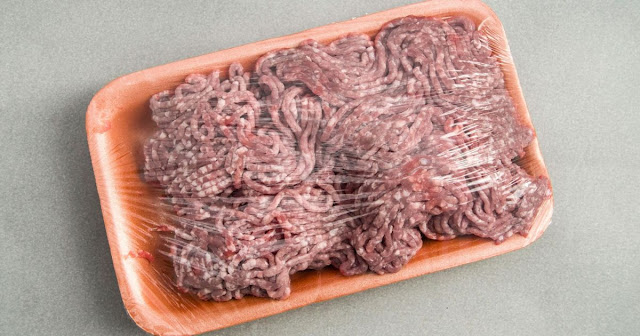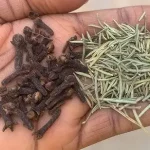While internal graying isn’t usually problematic, the external color of ground beef deserves careful attention. If the surface or a significant portion of the meat displays a gray or brown tint, it’s prudent to err on the side of caution and dispose of the meat. Additionally, any off-putting smell is a strong indicator that the beef has spoiled and should not be consumed.
Ensuring Meat Safety and Freshness
To safeguard your health, always scrutinize the quality and freshness of meat before purchasing and consuming:
Color Check: External graying suggests it’s time to discard the meat.
Smell Test: An unusual or unpleasant odor is a clear sign of spoilage.
Storage and Handling: Properly storing and handling meat can prevent premature spoilage.
Armed with these insights, you can make informed decisions about the ground beef in your kitchen, ensuring that what goes into your meals is both safe and delicious.
















